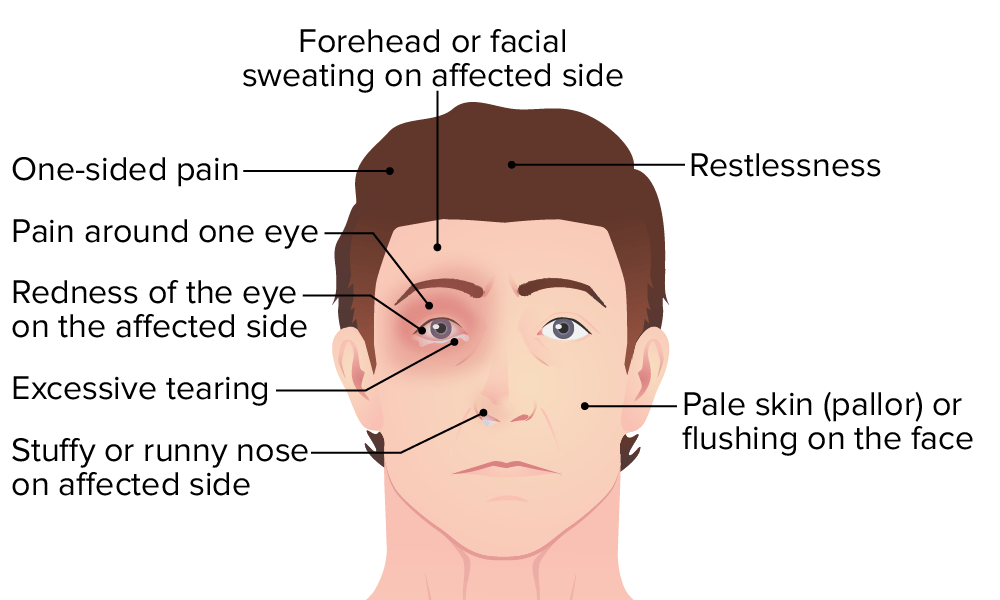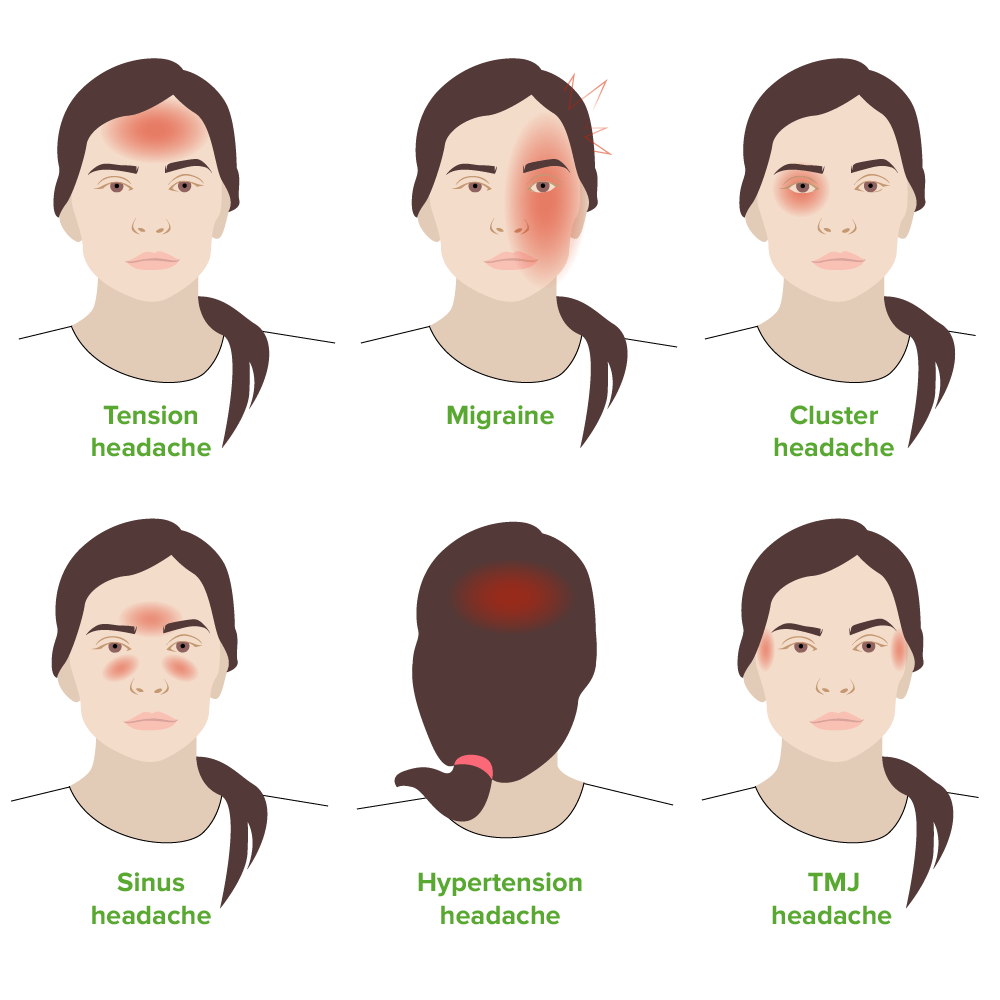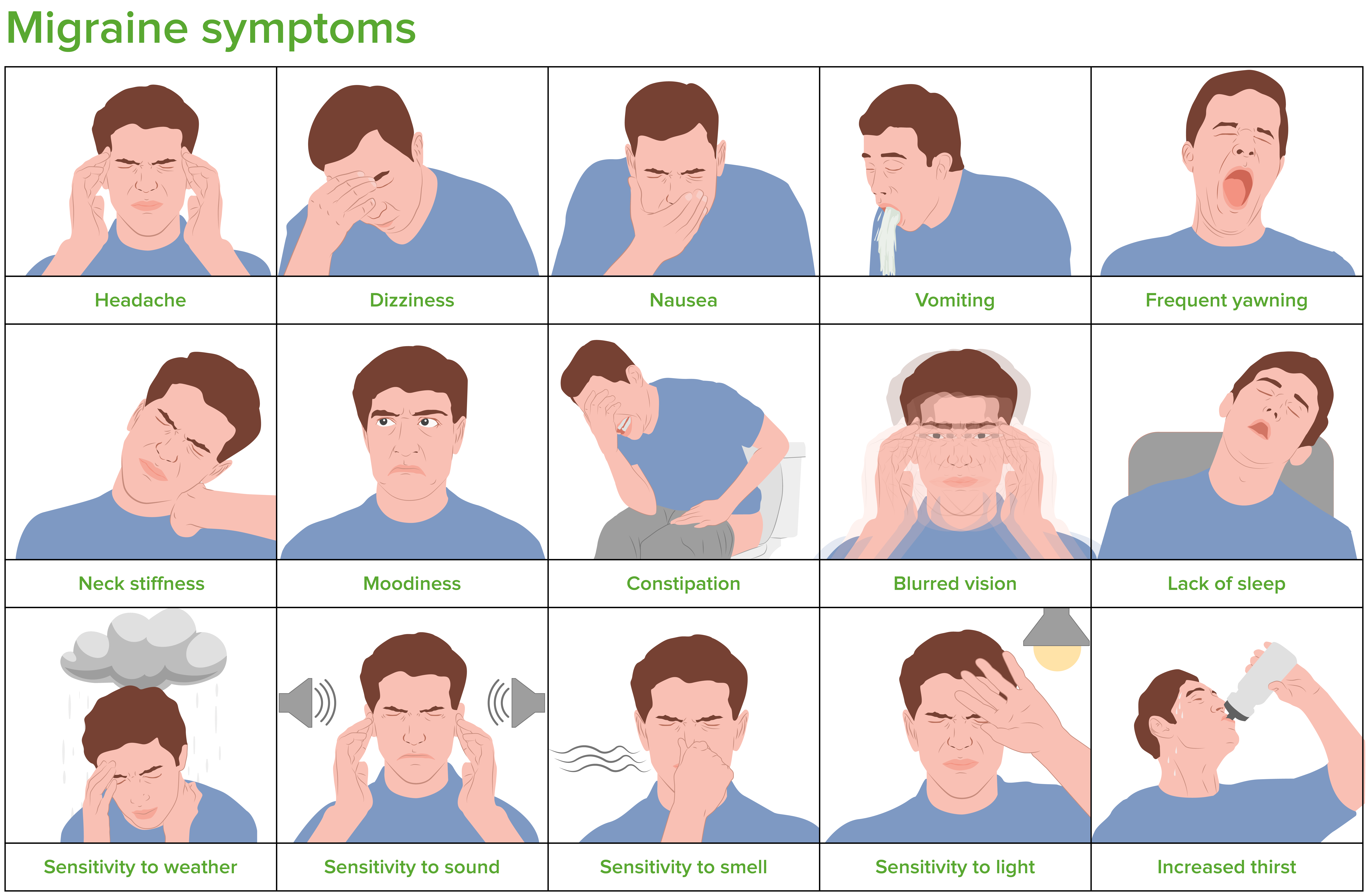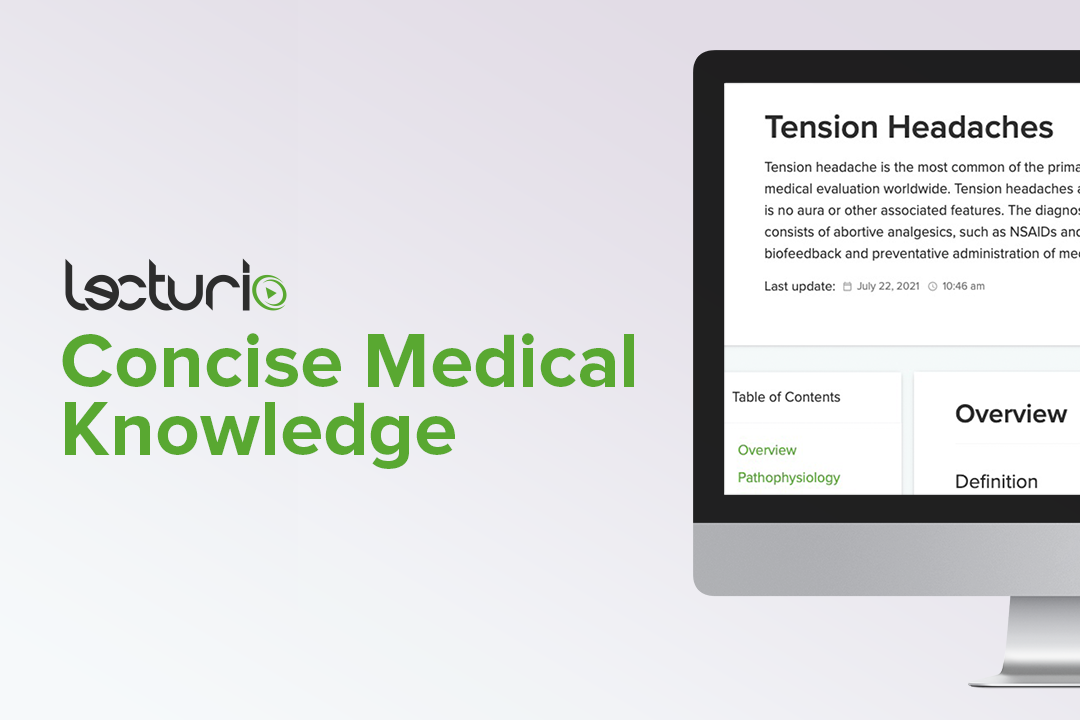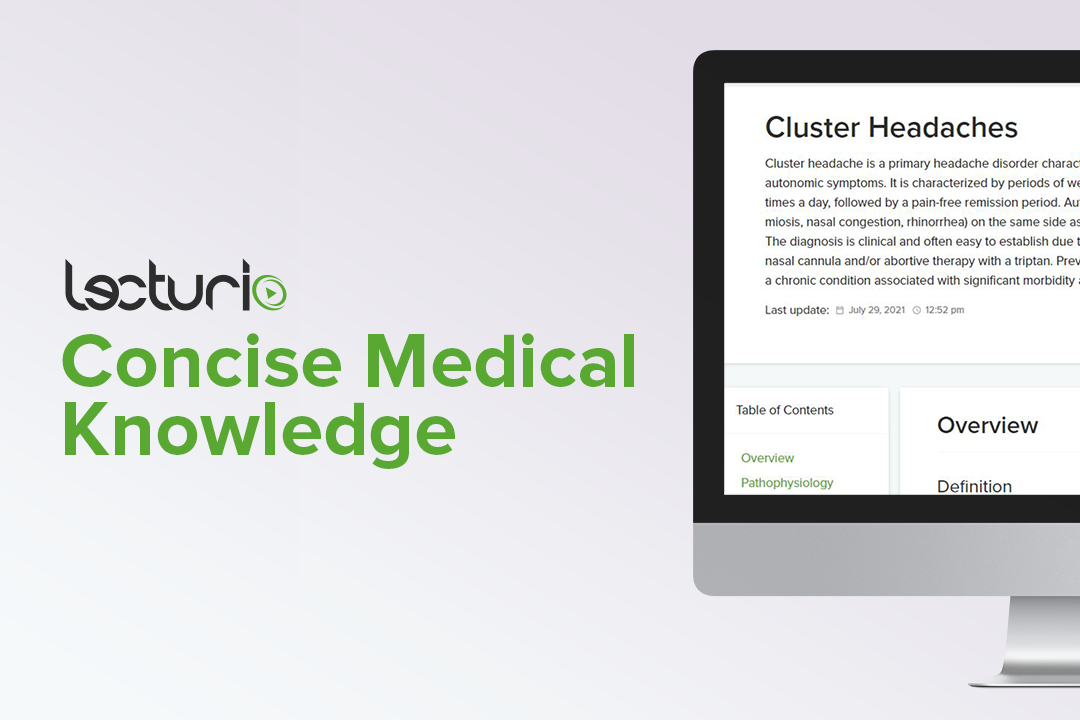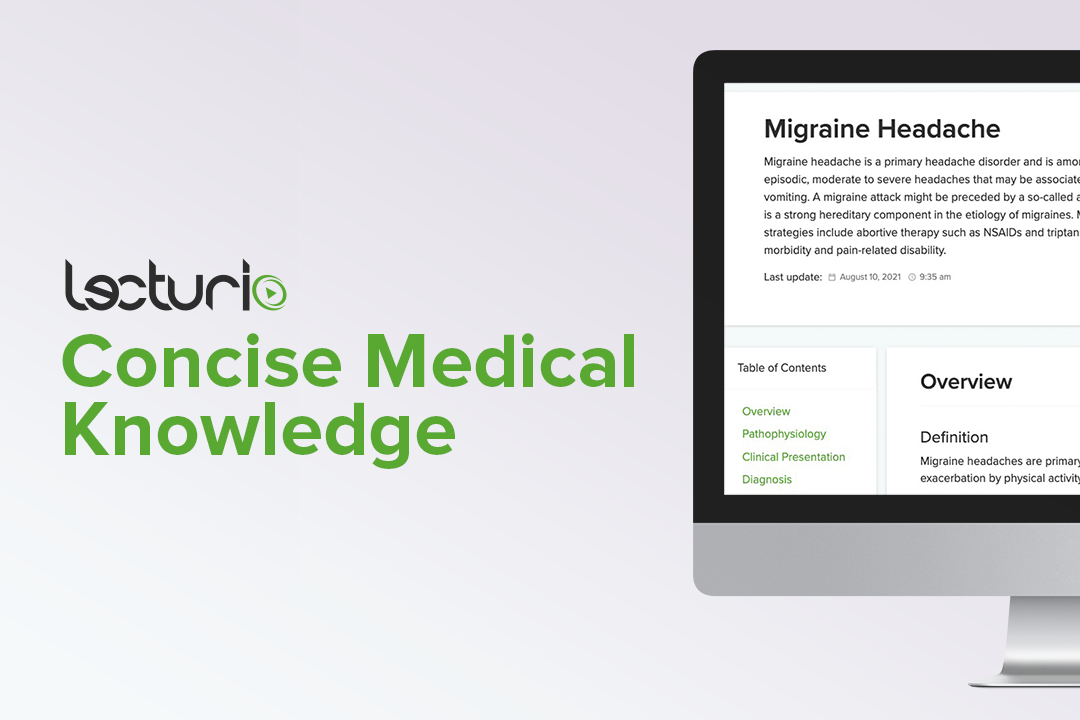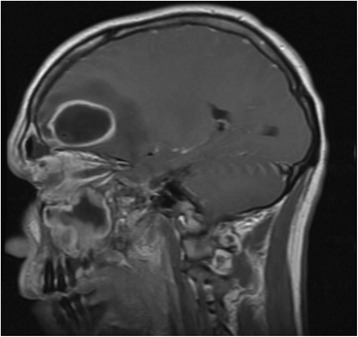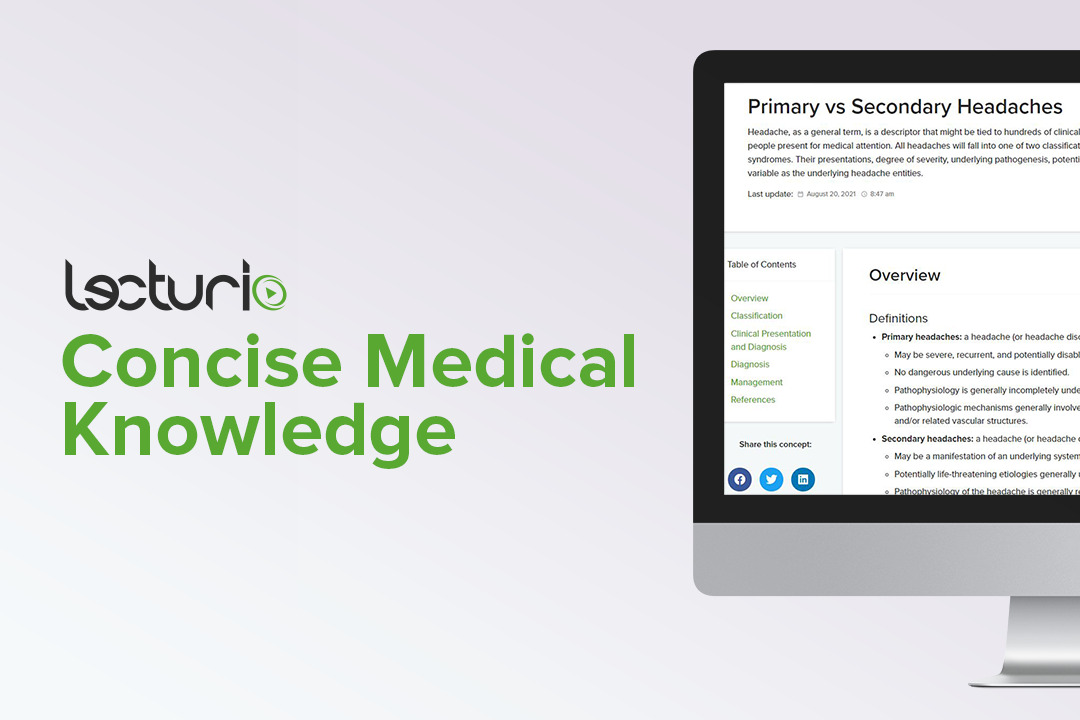Playlist
Show Playlist
Hide Playlist
Other Types of Headache
-
Slides 08 Headache Neuropathology I.pdf
-
Reference List Pathology.pdf
-
Download Lecture Overview
00:01 Our topic now brings us to chronic daily headache. 00:04 Most often evolve out of tension type though. 00:07 Almost universally associated with analgesic abuse. 00:12 Pain is generally reported as severe. 00:14 Our patients can carry out daily activities, but they’re not very happy. 00:18 First, the treatment is cessation of analgesic. 00:21 Tricyclics for underlying migraine or tension type headache. 00:26 Topic here brings us to an important trigeminal neuralgia issue. 00:31 It comes under your subacute or chronic headache. 00:34 Pain usually described as being electric, shooting. 00:39 Neuralgia of your fifth cranial nerve, trigeminal. 00:42 Most often, the mandibular or maxillary division. 00:45 Think about where you are, please. 00:46 Mandibular or maxillary, okay? Seen in middle age and later life. 00:54 How’s it triggered possibly? Non-noxious sensory stimuli to affected face, ipsilateral mucosa, or even teeth. 01:03 Exacerbating, remitting course over years. 01:06 Now, it keeps coming, keeps coming back. 01:09 Multiple attacks occur during any, any exacerbation. 01:13 Spontaneous remission occurs at any time. 01:16 This is a nerve, but then the remission could actually last for months or even years. 01:21 The patient feels as though that the drug, actually -- the drug if they were taking anything, they might feel as though that the drug was effective, but in all reality, what happened? They went into remission. 01:32 Suicide risk is high during exacerbation. 01:36 Remember, we talked about cluster headache in which that patient is -- that male's running around screaming for medication. 01:42 And when there’s such pain that’s taking place during such exacerbation, you need to make sure that you rule out or you properly manage this patient for suicidal ideation. 01:52 May be seen early in multiple sclerosis, possibly. 01:56 It kind of behaves exactly like this, doesn’t it? Remitting, remission, remitting, remission. 02:01 Divisions you’re paying attention to: mandibular, maxillary, most commonly. 02:08 Management: Carbamazepine. 02:10 In other words, the antiepileptic. 02:12 First line therapy, 70% to 80% response rate, actually. 02:17 Carbamazepine, antiepileptic. 02:19 Baclofen can be combined with carbamazepine. 02:23 Baclofen, carbamazepine. 02:26 They both have the C and B letters in them. 02:28 Surgical intervention could be a possibility. 02:31 Decompression of the trigeminal nerve or perhaps, what’s known as glycerol injection. 02:36 Your focus should be on carbamazepine, please, and maybe perhaps, baclofen. 02:40 In addition to carbamazepine, oxcarbazepine can also be used, which has better tolerability and decreased risk of drug interactions. 02:48 For patients who are intolerant of or have contraindications to these medications, the management of trigeminal neuralgia may include other anticonvulsants such as lamotrigine, gabapentin, or topiramate. 02:59 Other alternatives are the muscle relaxants baclofen or tizanidine. 03:03 Injections with botulinum toxin A may also be effective. 03:06 Subcutaneous sumatriptan, IV lidocaine or phenytoin may provide analgesia while other medications are being titrated. 03:14 Topical lidocaine may also be of benefit to patient.
About the Lecture
The lecture Other Types of Headache by Carlo Raj, MD is from the course Headache – Pathophysiology.
Included Quiz Questions
A 50-year-old man is seen for severe shooting pain on the right side of his head and face. It is unilateral and paroxysmal. What is the most likely diagnosis with this clinical history?
- Trigeminal neuralgia
- Temporal arteritis
- Cluster headache
- Tension headache
- Migraine headache
What is the drug of choice in the treatment of trigeminal neuralgia?
- Carbamazepine
- Amitriptyline
- Acetaminophen
- Ibuprofen
- Ergotamine
Customer reviews
1,0 of 5 stars
| 5 Stars |
|
0 |
| 4 Stars |
|
0 |
| 3 Stars |
|
0 |
| 2 Stars |
|
0 |
| 1 Star |
|
1 |
1 customer review without text
1 user review without text

